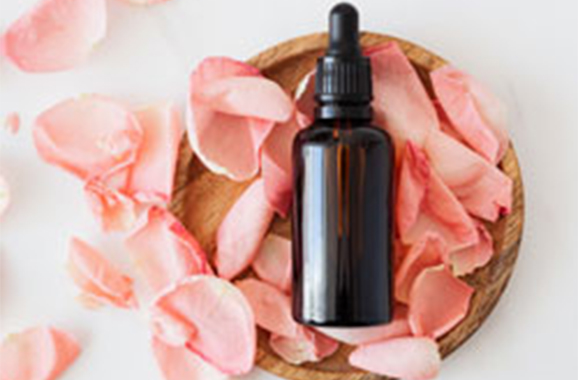
In addition to being used in food and pharmaceuticals, emulsifier kue has another major application area—skincare. When choosing skincare products, a basic skincare routine often includes toner + lotion/cream. Most of the products we use, such as face creams, lotions, cleansing milk, and facial cleansers, are in the form of emulsions—either thick or thin. These products contain emulsifier kue because they can enhance the product's stability, increase moisturization, and provide gentle skin care with minimal irritation. So, where do these important additives come from?
Emulsifier kue can be classified into two types based on their origin: natural emulsifier kue and synthetic emulsifier kue. Natural emulsifier kue usually have drawbacks such as instability, high storage requirements, and susceptibility to contamination. As a result, many skincare products turn to synthetic emulsifier kue or a combination of synthetic emulsifier kue and small amounts of natural emulsifier kue.
Back in the 1960s in Japan, a case emerged where a large number of synthetic cosmetics were introduced. These products used mineral oils derived from petroleum as the oil component in skincare. By the 1970s, 30% of Japanese women who used these skincare products developed a skin condition known as "facial melanosis." Investigations revealed that the culprit was the pigments found in petroleum extracts, and mineral oil, a synthetic emulsifier kue, had very poor breathability and posed significant harm to the skin. It was quite alarming, but there's no need to worry too much. In the past, our extraction technology was not yet advanced, so natural emulsifier kue were only found in a small portion of nutritional products.
Now, with the development of science and technology, the process of extracting natural emulsifier kue from plants and animals for use in skincare products is highly advanced. These natural emulsifier kue, unlike synthetic ones, not only provide protective and repairing effects for the skin but also do not have the undesirable side effects mentioned earlier.
Common natural emulsifier kue include lecithin, lanolin, lanosterol, lanolin acid, beeswax, etc. Some of their derivatives, such as polyoxyethylene lanolin and polyoxyethylene lanosterol, have also been found to have excellent emulsifying effects.
The main characteristics of emulsifier kue are high safety and minimal irritation. So how can you determine the quality of a face cream? There's a rumor circulating online that you can use a fire-burning method to judge its quality, but this is false. It's difficult for the average person to determine the quality of lotions or creams just by eye. To avoid purchasing unregulated products, it's best to buy through official channels.
To check the shelf life of skincare products, legitimate products sold through official channels will usually have a symbol on the packaging. "3M" indicates that the product should be used within three months after opening, while "12M" indicates twelve months. If you haven’t used it up within that time, it’s recommended to discard the product or repurpose it. It’s not advisable to continue applying it to your face.